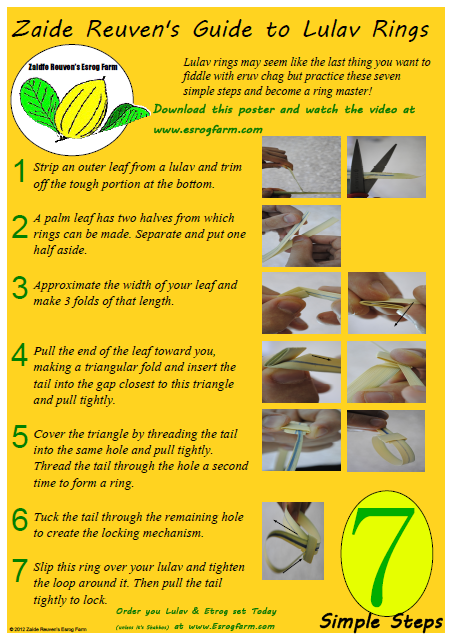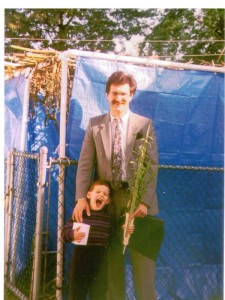Trick or Treat – Halloween or Sukkot?
Only in America: A black church leader uses the Lulav and Etrog for services on Halloween. “It helps keep children off the streets.”
By Tzvi Ben Gedalyahu
First Publish: 10/31/2012, 9:20 PM

Etrogim
Yoni Kempinski
It may be kosher even if not Jewish, but an American black church choir leader uses the Jewish “Four Species” of Sukkot for church services because both holidays fall in the autumn and because it helps keep children off the streets.
The bizarre combination of the sacred Jewish symbols with the pagan holiday began in recent years when the woman, whose name is not being published, contacted Dr. David Wiseman, a research scientist who deals with etrogim, one of the “Four Species.”
He had been growing the citrus fruit in his back yard orchard, bringing the trees inside during the winter so the fruit would not be destroyed by frost. Dr. Wiseman entered the “lulav and etrog business” following a 2005 shortage of lulavim from Egypt, the major suppler for Israel, and he established his Zaide Reuven Esrog Farm, which actually is a virtual farm.
On principle, he did not want to import Egyptian-grown lulavim, which are the main source for Israel and elsewhere, and developed a source in California.
Dr. Wiseman, formerly of London and now living in Dallas, Texas, told Arutz Sheva that before he agreed to supply the religious items to the church, he received permission from rabbis after they decided there was no violation of Jewish principles by the use of the Four Species in church.
“I received the call from a lady from a black Pentecostal church in Newark, New Jersey, who said she was desperate for etrogim,” said Dr. Wiseman.
“I asked her why she wanted them, and she said it was for her church,” Dr. Wiseman relates. “I got a little nervous and asked what she would be doing with the etrogim. She replied that her church does not like Halloween because it so pagan, and instead of all the ‘trick or treat’ and costumes, she wanted to do something more biblical and make it a fall festival. They also wanted to keep the kids off the street and conduct Bible study.”
Dr. Wiseman said she figured that there was no better way to celebrate the fall festival than adopting customs from Sukkot, which is a time of the harvest after the summer and known in English as the Feast of Tabernacles.
Sukkot usually falls in mid-to-late September or early October. “Okay, so they were three weeks late,” laughs Dr. Wiseman. “Who’s counting?”
He said the church choir leader continues to call every year, and she ordered 20 sets of the Four Species last year. The Four Species include the etrog and the lulav, part of the date tree, as well as “hadasim” and “avarot.”
He was able to come up with the supplies, although most of the Four Species had wilted to the point that they no longer were “kosher,” i.e. fit for use on Sukkot.
The church apparently is getting more involved with the Jewish holiday and studying Sukkot more seriously. Last year, one church actually built a sukkah inside the church, although during the actual holiday a sukkah is not considered “kosher” if placed inside a building under a roof.
The church members and children sang and danced while waving the palm branches.
One order from a Christian for the Four Species requested a strictly kosher set, including a certification that they were suitable according to the custom of the Torah sage Chazon Ish.
Dr. Wiseman also has used his expertise as a research scientist to write a scholarly book called “The Esrog,” which is a treatise but which also includes recipes and the laws of Sukkot.



